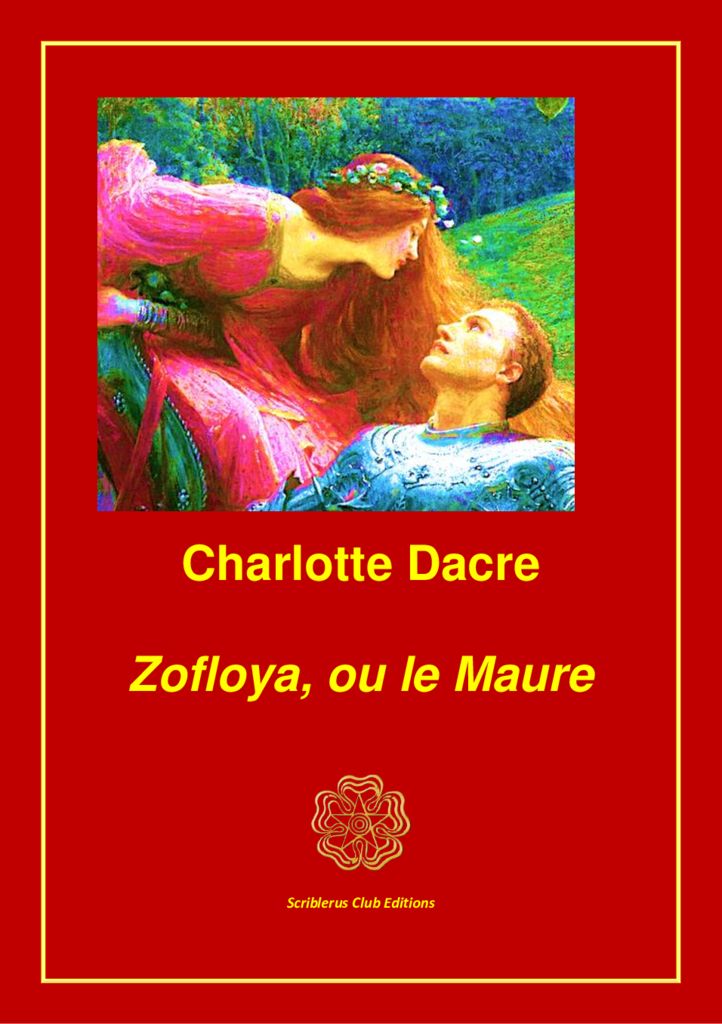

In 1802, the lesser well-known Scottish poet Anne Bannerman got negative reviews for her Tales of Superstition and Chivalry, which consists of ten original Gothic ballads.

Lewis’s Gothic ballad collection Tales of Wonder (1800) received mixed reviews, his ballads “Alonzo the Brave and Fair Imogine” and “The Bleeding Nun” were already popular due to having been interspersed earlier in his novel The Monk (1796).


In order to understand the history of the Gothic rather as a genre-crossing aesthetic than a genre of fiction, Gothic balladry thus deserves a more thorough investigation. The tantalizing prospect of conjugal union with one's likeness-a “dream of vanity,” as the narrator says-ultimately breaks down in the face of Zofloya's ever-increasing otherness, and Dacre finally forecloses on masculine Romantic visions of an other that is only an extension of the self.īA-thesis British Studies 2014/15: grade A/1,0 Gothic balladry has so far appeared in the margins of literary criticism. In Dacre's description, Victoria and Zofloya's nominal racial differences give way to physical resemblance as Zofloya begins to couch their mutual desire in terms of their complementarity. The relationship central to Dacre's novel, between the “heroine” Victoria and the eponymous Moor, represents in this context a culmination of Victoria's narcissistic quest for her likeness, akin (as this paper argues) to the Shelleyan anti-type. This essay first seeks to demonstrate how the novel emphatically and repeatedly renders female sexual desire as self-reflexive: that is, attracted to love-objects that reflect the desirer's sexual power. In creating her notoriously assertive and wildly self-interested female characters, Dacre writes through, around, and against these masculine Romantic modes, staging a world in which female sexuality operates within a narcissistic logic-to explosive, often fatal, effect. As has been frequently pointed out before, male Romantic writers often characterized romantic love as self-completion, a reunion with one's likeness or mirrored self the narcissism inherent in such a concept threatens the (generally female) other with complete erasure. This essay discusses representations of female sexual desire in Charlotte Dacre's controversial novel, Zofloya, particularly as a response to Romantic discourses on the subject of love.


 0 kommentar(er)
0 kommentar(er)
